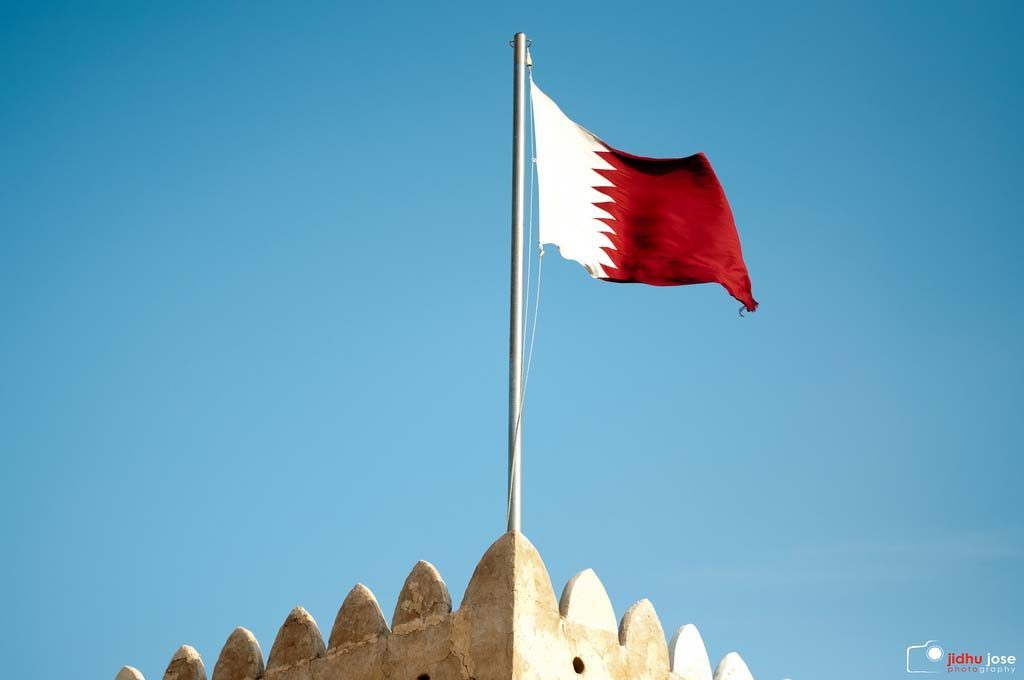The resounding success of the FIFA World Cup 2022 has catapulted Qatar onto the global stage, showcasing its ability to host mega-events and its commitment to innovation and sustainability. Now, the nation is capitalizing on this unprecedented visibility to drive its post-tournament economic strategy. With a focus on boosting tourism, enhancing trade, attracting foreign investment, and expanding its liquefied natural gas (LNG) production capacity, Qatar is positioning itself as a dynamic and resilient economy ready to meet the challenges and opportunities of the future.
Table of Contents
The World Cup Legacy: A Catalyst for Transformation
The FIFA World Cup 2022 was more than just a sporting event for Qatar; it was a transformative moment that demonstrated the nation’s capabilities on a global scale. The tournament attracted over 1.4 million visitors, generated billions in revenue, and left behind a legacy of world-class infrastructure, including state-of-the-art stadiums, transportation networks, and urban developments.
Qatar’s successful hosting of the World Cup has enhanced its reputation as a hub for tourism, business, and innovation. The country is now leveraging this momentum to achieve its long-term economic goals, as outlined in its National Vision 2030, which aims to create a diversified, knowledge-based economy.
Boosting Tourism: From Sports to Luxury and Culture
Tourism is a cornerstone of Qatar’s post-World Cup strategy. The country is building on the global exposure it gained during the tournament to attract more visitors and establish itself as a premier travel destination. Key initiatives include:
- Luxury Tourism: Qatar is investing in high-end resorts, boutique hotels, and exclusive experiences to cater to affluent travelers. The Pearl-Qatar and the newly developed Lusail City are prime examples of luxury destinations.
- Cultural Tourism: The country is promoting its rich cultural heritage through attractions like the Museum of Islamic Art, Katara Cultural Village, and the historic Souq Waqif.
- Sports Tourism: With world-class stadiums and facilities, Qatar aims to host more international sporting events, including the Asian Games 2030 and potential bids for the Olympics.
The Qatar National Tourism Council (QNTC) has launched global marketing campaigns to highlight the country’s unique offerings, from its pristine beaches and desert landscapes to its vibrant arts and culinary scenes.
Enhancing Trade and Attracting Foreign Investment
The World Cup has also opened doors for Qatar to strengthen its trade relationships and attract foreign investment. The country’s strategic location, business-friendly policies, and advanced infrastructure make it an attractive destination for global investors.
- Free Zones and Economic Diversification: Qatar Free Zones Authority (QFZA) is offering incentives such as tax exemptions and 100% foreign ownership to attract businesses in sectors like technology, logistics, and manufacturing.
- Trade Partnerships: Qatar is expanding its trade ties with emerging markets in Asia, Africa, and Europe, while also deepening relationships with traditional partners like the United States and the European Union.
- Innovation and Technology: The government is investing in innovation hubs and research centers to foster entrepreneurship and attract tech startups. Initiatives like the Qatar Science & Technology Park (QSTP) are driving advancements in fields such as artificial intelligence, renewable energy, and healthcare.
Expanding LNG Production: Meeting Global Energy Demand
While diversifying its economy, Qatar remains committed to strengthening its position as a global energy leader. The country is the world’s largest exporter of LNG, and it is investing heavily to expand its production capacity to meet growing global demand, particularly in Europe and Asia.
- North Field Expansion Project: QatarEnergy’s $30 billion North Field Expansion project is set to increase LNG production from 77 million tons per annum (mtpa) to 126 mtpa by 2027. This project will solidify Qatar’s dominance in the global LNG market and generate significant revenue for the economy.
- Sustainability in Energy: Qatar is also focusing on reducing the carbon footprint of its LNG operations. The country has committed to carbon capture and storage (CCS) technologies and is exploring green hydrogen as a future energy source.
The expansion of LNG production aligns with Qatar’s broader strategy to ensure energy security and contribute to global energy transition efforts.
Challenges and Opportunities
While Qatar’s post-World Cup strategy is ambitious, it is not without challenges. The global economic slowdown, geopolitical tensions, and competition from other Gulf nations could pose risks to the country’s diversification efforts. Additionally, ensuring sustainable growth while managing environmental impacts will require careful planning and innovation.
However, the opportunities are immense. Qatar’s strong financial reserves, strategic investments, and proactive policies provide a solid foundation for growth. The World Cup has demonstrated the nation’s ability to execute large-scale projects and adapt to global trends, positioning it as a leader in the region.
A Vision for the Future
Qatar’s post-World Cup economic strategy is a testament to its vision for a sustainable and diversified future. By leveraging the success of the tournament, the country is transforming its economy, enhancing its global standing, and creating new opportunities for its citizens and residents.
As Sheikh Tamim bin Hamad Al Thani, the Emir of Qatar, stated, “The World Cup was not just a goal; it was a means to achieve a greater vision for our nation.” This vision is now coming to life as Qatar builds on its achievements to create a prosperous and resilient future.
